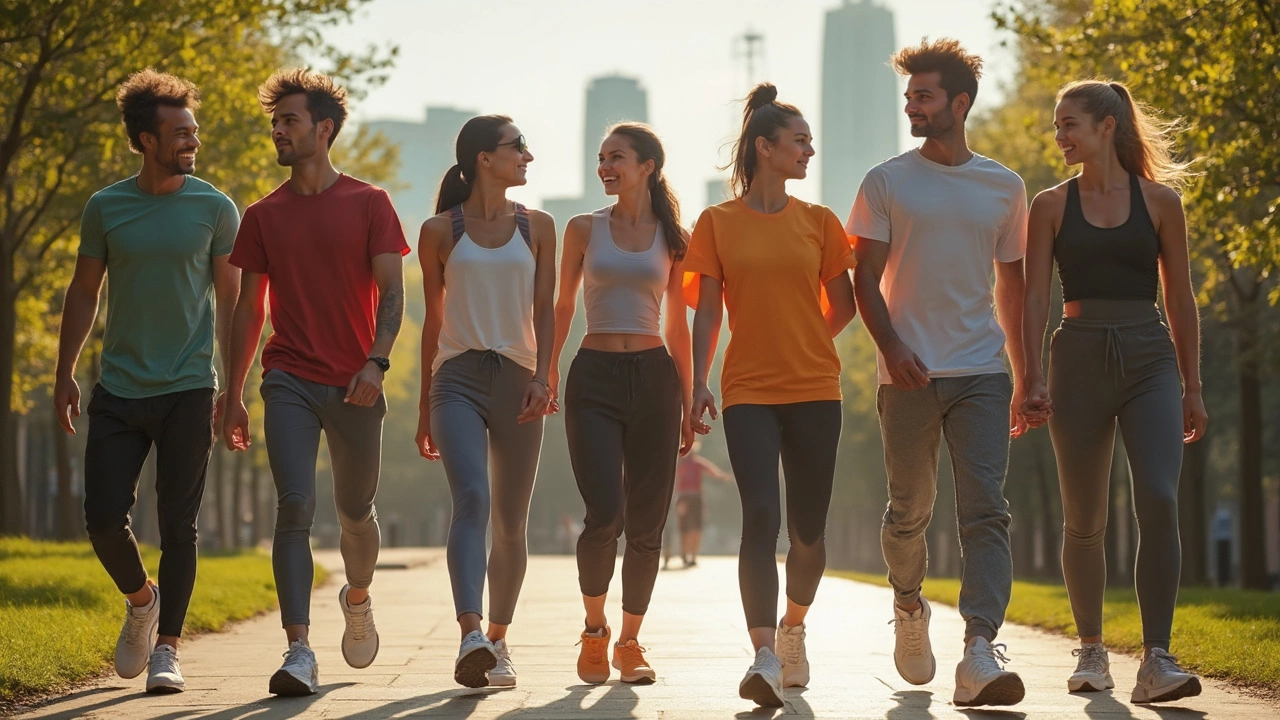Workout Gear Essentials: Choose the Right Activewear for Every Session
When you head to the gym or hit the trail, the right gear makes the difference between a solid sweat session and an uncomfortable distraction. Below you’ll find practical tips for picking workout clothes that move with you, stay fresh, and last longer.
Pick fabrics that breathe and stretch
Look for materials like polyester‑blend, nylon, or spandex. They pull moisture away from skin, dry quickly, and give the stretch you need for squats, lunges, or yoga poses. Cotton feels soft but traps sweat, so it’s best for low‑intensity activities or casual wear. If you’re sweating hard, choose a moisture‑wicking tee or leggings that have flat seams to avoid chafing.
Match gear to the activity
Not all workout gear is created equal. For high‑impact cardio, a supportive sports bra and snug leggings keep you stable. Weight‑training days call for a breathable tank and sturdy shoes with good grip. Outdoor runs benefit from reflective details and wind‑resistant jackets. The key is to dress for the specific movement, temperature, and environment you’ll face.
Our blog’s Sportswear Activewear: What It Is and Why It Matters article breaks down the difference between sportswear and activewear, but the short version is simple: sportswear is the broader category (everything you wear to be active), while activewear zeroes in on high‑performance pieces designed for maximum mobility and moisture control.
Fit matters too. A hoodie that’s too loose adds bulk, while one that’s too tight restricts arm movement. Use our Find Your Perfect Hoodie Size guide to measure chest, sleeve length, and body width before you buy. The same sizing logic applies to leggings—measure waist and inseam, then compare to the brand’s chart.
Don’t forget the small extras. A good pair of socks with arch support can prevent blisters, and a lightweight cap or headband keeps hair out of the way. If you’re into HIIT, consider compression sleeves for calves; they improve circulation and reduce soreness.
Taking care of your gear extends its life. Turn garments inside out before washing, use cold water, and skip the dryer when possible. Air‑drying preserves elasticity and prevents shrinking. For shoes, rotate a pair every few weeks and let them fully dry after each workout to avoid odor buildup.
Finally, budget wisely. High‑priced items aren’t always better; many mid‑range brands offer the same tech fabrics as premium labels. Look for reviews that mention durability and fit, and test the feel in store if you can. Investing in a few quality pieces and mixing with affordable basics gives you performance without breaking the bank.
Whether you’re a beginner or a seasoned athlete, the right workout gear sets the stage for better results. Use these tips to build a versatile, comfortable, and long‑lasting fitness wardrobe that keeps you focused on the lift, the sprint, or the stretch—never the itch.
-
What Counts as Sportswear? The Practical Guide
Sportswear isn't just gym shorts and sneakers anymore—it's a practical mix of clothing meant to help you move, sweat, and chill out in comfort. This guide explores what really counts as sportswear, why these distinctions matter, and how brands shape our closets. You'll get real tips on what to pick for different activities and some surprising facts about trends and performance fabrics. Consider this your go-to resource for making sense of the sportswear buzz.
